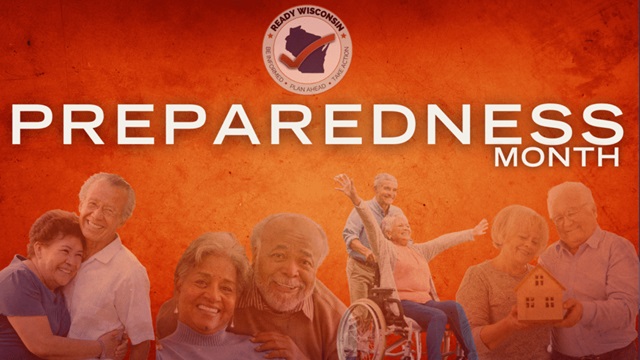OUR PLACE
The work of autumn begins.
The summer months around Geneva Lake, at least in Lake Geneva proper, have become too busy, with tourists jammed into every business, the parks, and all over the downtown area. That means that little work can be done when it comes to infrastructure work. The winter is too cold and filled with either ice snow or sometimes even below-zero weather. Autumn and spring are the construction months. With that being the case, prepare for a drop in the lake level by about a foot. The city has opened the dam to allow the water level to drop so the work that has begun on the southern berm of the ‘lagoon,’ as the collected water narrowed at the north end of the lake, waiting to go through the dam and become the White River, is torn out and rebuilt. That’s one project that is expected to take several months, leading right into the teeth of the coming unknown winter weather.
The other project, now that the Department of Public Works project was canceled by the current city council, is the repair of Main Street where the potholes extending from the library on west toward Snake Road have become a real vehicular hazard. When that gets funded, and it has to be somehow funded (go for it Todd Krause…the wizard), then that stretch of road will be a bit difficult to get through so look for detours around it, which means that some residential neighborhoods will be impacted with traffic nobody is used to or probably ready for.
September is National Preparedness Month.
This month, set aside some time ago to prepare for emergencies and disasters to keep you, and everyone in the community safe. Some disasters cannot be avoided, but by taking time to plan and prepare, their impact can be reduced. Gov. Tony Evers declared September as Preparedness Month in Wisconsin to emphasize the need for individuals, families, and communities to prepare for disasters and emergencies.
During September, everyone is encouraged to prepare by keeping these four things in mind:
- Develop a family emergency plan. This should include what to do in the event an emergency or disaster forces you to remain at home for several days or you are forced to leave your home. Make sure the plan is practiced.
- Create an emergency supply kit. Gather key items to get through an emergency in one location such as a first aid kit, nonperishable food, water, and flashlights. Remember to think about medical needs and don’t forget to include supplies for your pets. Make sure they are in waterproof and portable containers so you can take it with you in case you need to leave your home. Review and update your insurance.
- Check your home and vehicle insurance policies to make sure you have adequate coverage during emergencies or disasters. Make sure you have access to your documents, whether they are in a waterproof container or accessible through the cloud.
- Stay informed. Know what disasters and potential risks could happen where you live, work, or go to school. Make sure you have multiple ways to receive alerts.
You can receive alerts in several ways including a trusted weather app, Wireless Emergency Alerts, local news, or a community alert system such as Nixle or Code Red. Preparedness Month is recognized every September across the country as part of the Federal Emergency Management Agency’s Ready Campaign. The public recently voted overwhelmingly to allow the governor to dispense federal funds set aside in case of any emergency, which was a good thing in case of immediacy.









